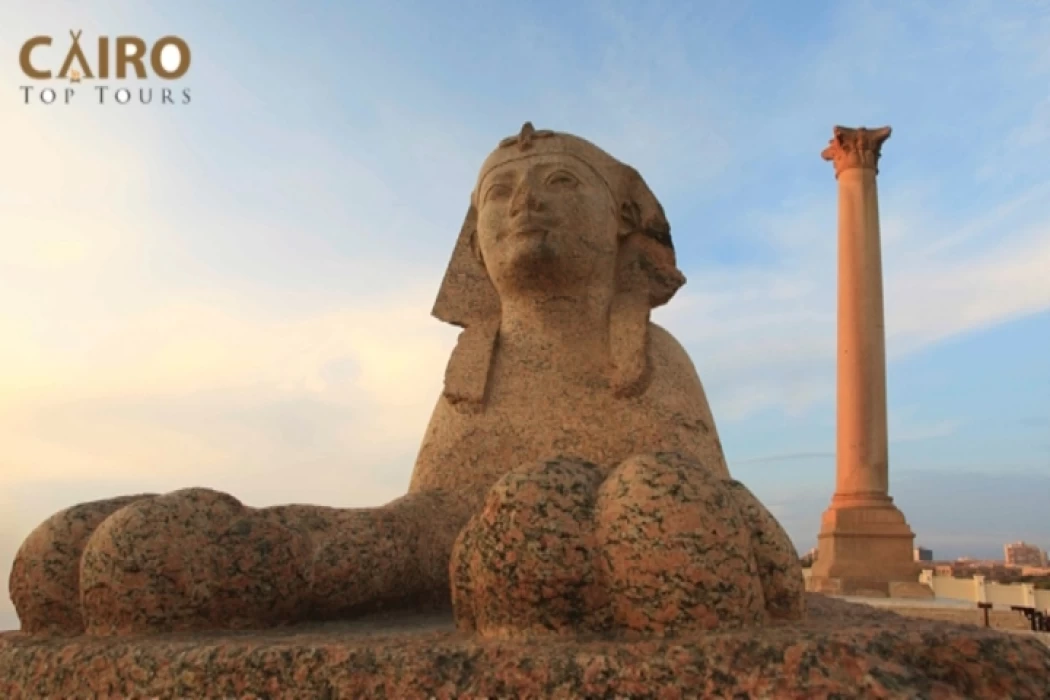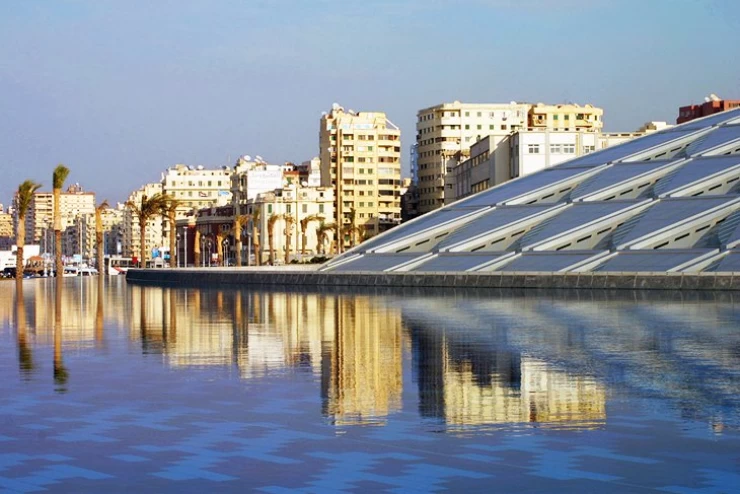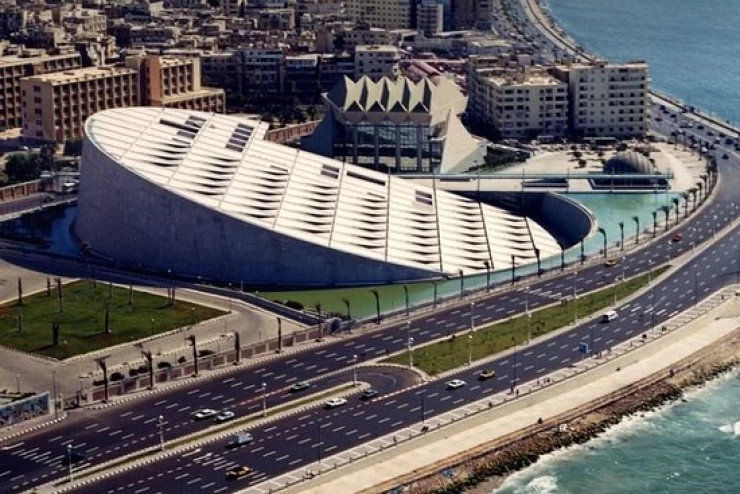
Pompey's Pillar
Pompey's Pillar is a remarkable monument located among the remnants of the Serapeum in the coastal city of Alexandria, Egypt. It stands as one of the most significant sites from Antiquity. The Serapeum itself was a Greek temple constructed during the Ptolemaic dynasty, dedicated to Serapis, a newly established deity revered in Alexandria and throughout Egypt, who was considered the protector of the city.
The name "Pompey's Pillar" is somewhat misleading, as it does not have a direct connection to Pompey, the Roman general and statesman. The name arose from the belief that Pompey had betrayed his country and abandoned his military duties during a critical period of conflict, subsequently fleeing to Alexandria, where he met his demise. Following his death, it was said that his severed head was displayed atop the pillar.
The Serapeum Temple in Alexandria was constructed in 297 A.D. to commemorate the achievements of the Roman Emperor Diocletian, who ruled from 284 to 305 A.D. and also governed Egypt, following a revolt in Alexandria.
The pillar takes the form of a monolithic column with a base diameter of 2.71 meters. The height of the column itself, excluding the base and the capital (the uppermost section of the column), measures 20.46 meters. When including the base and the capital, the total height of the pillar reaches 26.85 meters. This impressive structure was carved from a single piece of red granite sourced from Aswan, with an estimated weight of 285 tonnes.
The pillar is situated on a rocky elevation, creating a striking contrast with the surrounding ruins of the Serapeum. Steps leading from the pillar connect to the remnants of the temple. Additionally, two sphinx statues are located near the base of Pompey's Pillar. Despite being one of the most magnificent temples in the area, the Serapeum suffered extensive looting and was likely destroyed by Roman soldiers or a Christian mob.
Visitors can explore the location of Pompey's Pillar and numerous other monuments in the city, founded by the renowned Macedonian leader Alexander the Great in 332 B.C., by booking a traditional day tour to Alexandria from Cairo, allowing them to experience the rich atmosphere of Egypt.

















